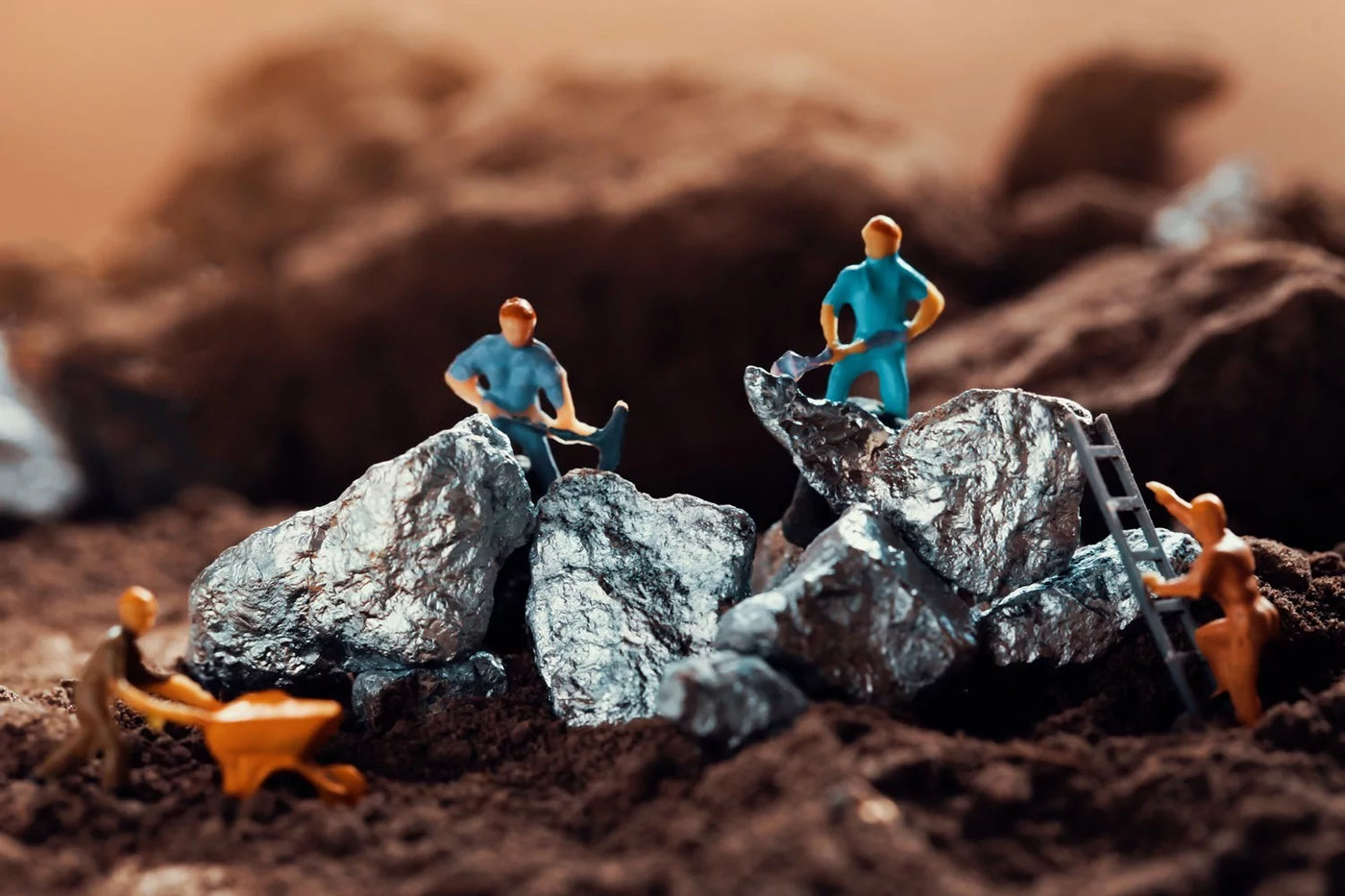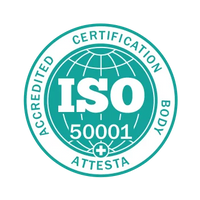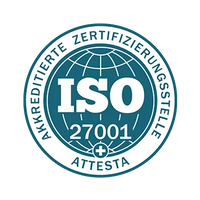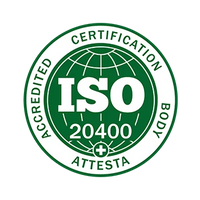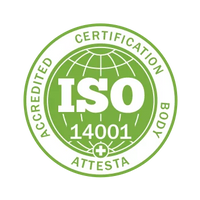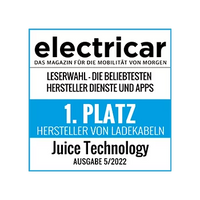Electric cars still have an image problem for many people. Questions immediately arise about the “rare earths” in the engines and the use of cobalt in the battery.
The fact that the answers have long been there and that solutions are being worked on at a dizzying pace is often overlooked. We therefore provide an overview and provide clarity on what rare earths are, where they are used and how car manufacturers around the world research sustainable alternatives and innovations.
The chapters at a glance
- How are rare earths used in cars?
- What are the global players doing to ensure more sustainable sourcing of raw materials?
- What new technologies will be used for batteries in the future?
What are rare earths and how are they used in cars?
Rare earths are not as rare as the name suggests. There are a total of 17 "rare earth elements", with the rarest (thulium) still being more common than gold. They are also not needed to make electric car batteries, as we already explained in our article. However, rare earths are actually used in vehicle manufacturing - for example neodymium - but not only there.
Neodymium has become an indispensable part of our everyday lives. It is used to make things like plasma TVs, hard drives, headphones and, at around 0.4 grams, is also found in every smartphone.
For car manufacturers, it is one of the most important elements, regardless of the design, as it is needed for the electronics of motion sensors, among other things. But above all in electric cars, it is used in the motors for the permanent magnets.
Permanent magnets are so popular in electric car motors because they increase efficiency in the motors (so-called permanent magnet synchronous machines, PSM for short). Their disadvantage is the greater rolling losses and the lower overload capacity, which leads to lower performance. An alternative is the separately excited synchronous motors (FSM), which do not contain permanent magnets and are more powerful, but require electrical energy to generate the magnetic field.
Cobalt is often mentioned in connection with the mining of "rare earths", but is not one of the rare earth elements. It is extremely conductive and ensures that the voltage at the cathode of the battery remains high, thus increasing the energy density of the batteries and the charging speed. But cobalt is also needed in combustion engines, both for the desulfurization of crude oil in the refinery and for the hardening of high-strength steel in engine and transmission production.
Nevertheless, it is worth mentioning at this point, as many programs and developments by vehicle manufacturers aim to be able to do without the use of cobalt in the future.
What are the global players doing to ensure more sustainable sourcing of raw materials?
Major consumers such as VW, BMW and Tesla are aware of the fact that the origin of the materials used is becoming an increasingly important purchasing criterion for their customers.
The trend is therefore moving towards separately excited synchronous motors (FSM), which do not require rare earth elements such as neodymium. The reason for this is both the improvement in the environmental balance and the fact that China controls a large part of the mining of neodymium. For the automotive industry, doing away with neodymium also means more independence in the procurement of resources.
BMW has already shown that it is possible to do without rare earth elements completely with its iX3 model and VW with the 4x4 ID. The Japanese manufacturer Nissan will also dispense with the use of rare earths in its new Ariya model. And the French manufacturer Renault is also installing separately excited synchronous motors in its bestseller Zoe.
Which technologies will be used for batteries in the future?
The future of electric car batteries could hardly be more exciting, as the development and improvement of batteries is being pushed forward at full speed. In view of the research projects of the major manufacturers, discussions about the use of raw materials such as cobalt will soon be history.
Tesla and Volkswagen therefore announced last year that they would only use LFP batteries that do not contain cobalt in their entry-level segment (e.g. the Tesla Model 3 SR+). In the higher segments, a combination of nickel and manganese will be used, which should enable a very long service life of up to 10,000 full cycles.
The manufacturer BMW has a different plan, as it organizes its purchasing entirely on its own and only sources cobalt from certified sources in Australia and Mexico.
Since the battery of an electric car is largely made of lithium, mining is also often criticized because of the supposedly high water consumption. However, the amount of water required should be put into context and it should be remembered that batteries can be used for a long time in their second life and can then be completely recycled.
In order to completely move away from the need for lithium, the Chinese supplier CATL (Contemporary Amperex Technology Limited) has presented a new type of sodium-ion battery. This is expected to be ready for the market and go into mass production as early as 2023. The advantages are sustainability, performance in cold temperatures, fast charging capability, safety and, of course, lower production costs.
Australian researchers are taking a different approach and are trying to create a battery with a range of 1,000 kilometers by using sulfur as a replacement for cobalt and manganese. The fact that companies such as IBM, Mercedes and Sidus are working together on a method of producing batteries with sea minerals instead of heavy metals is also very encouraging.
A little further in the future are so-called solid-state batteries, which will be far superior to current technologies in terms of range, safety and charging speed. Renault, Mitsubishi, Nissan and Toyota have joined forces here and are jointly researching the next big innovation.

